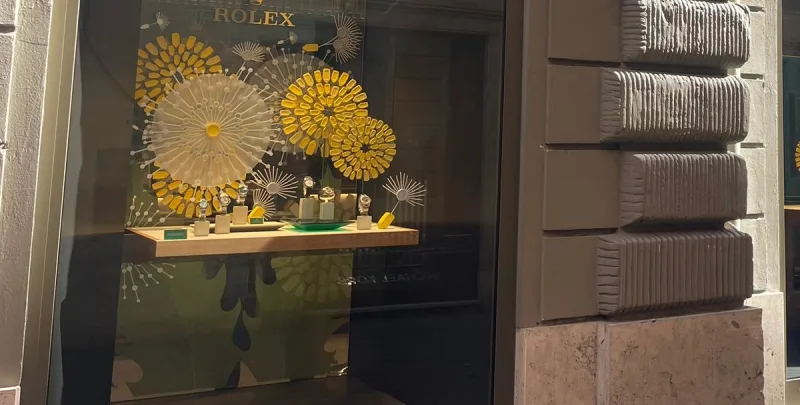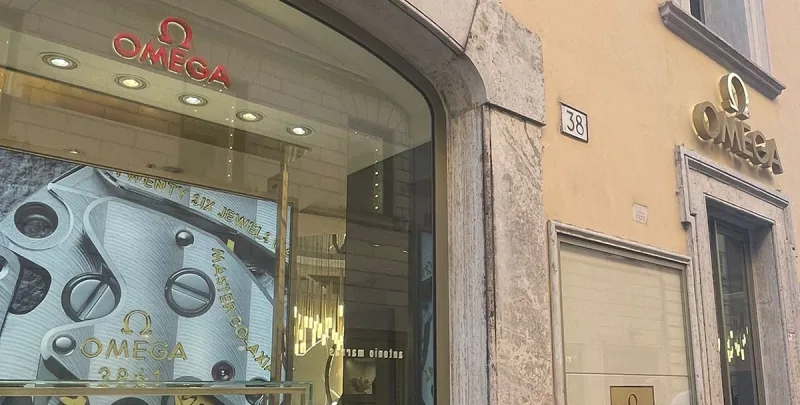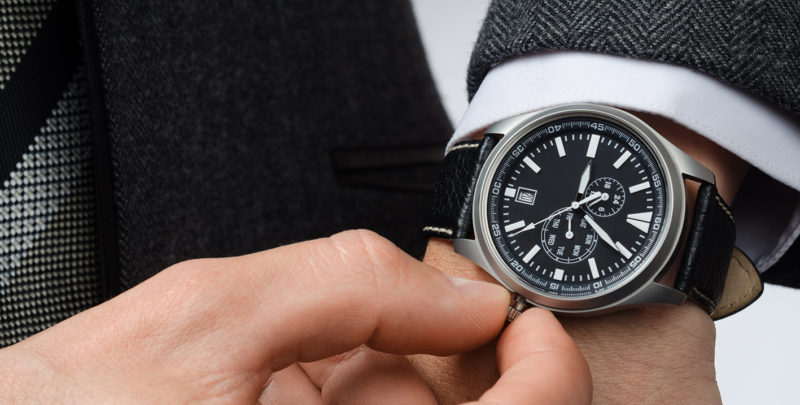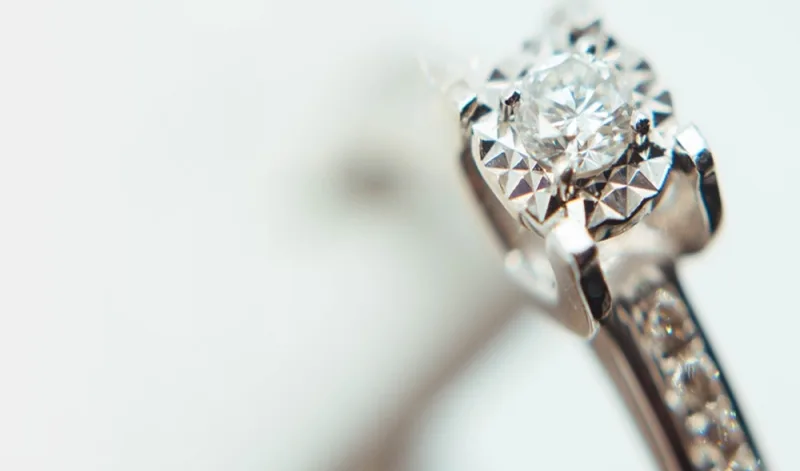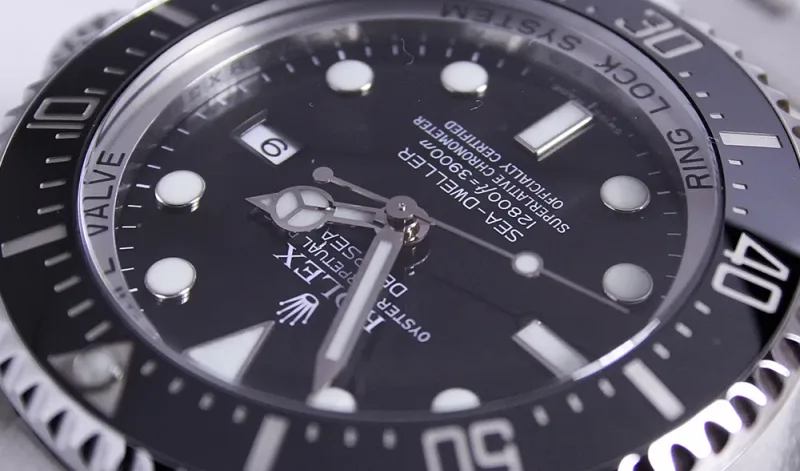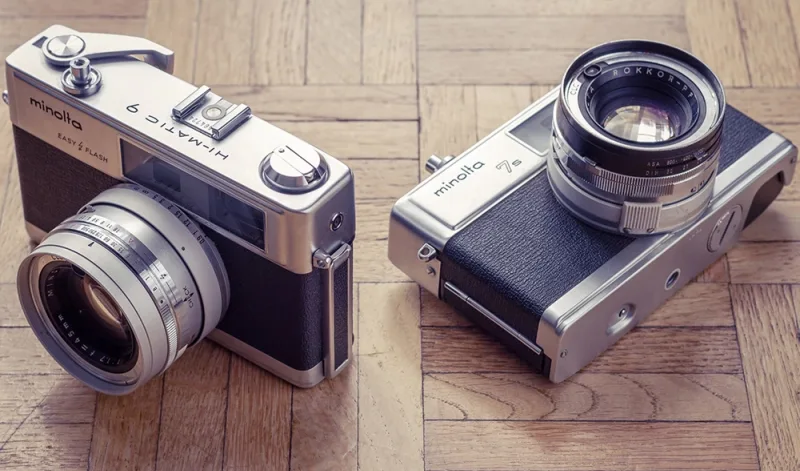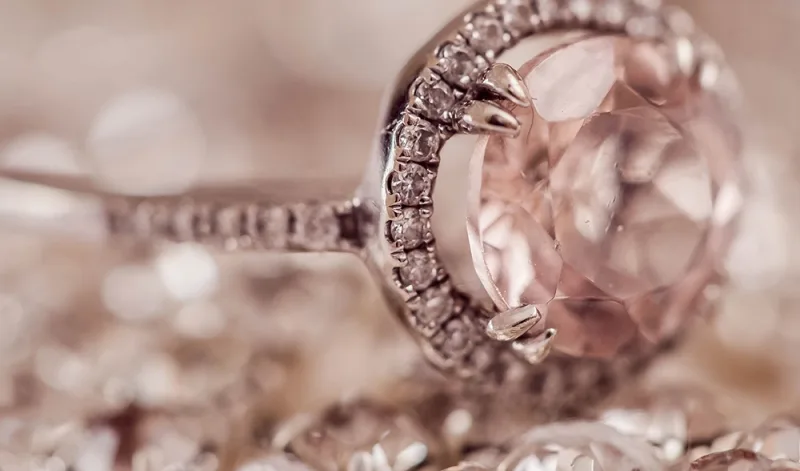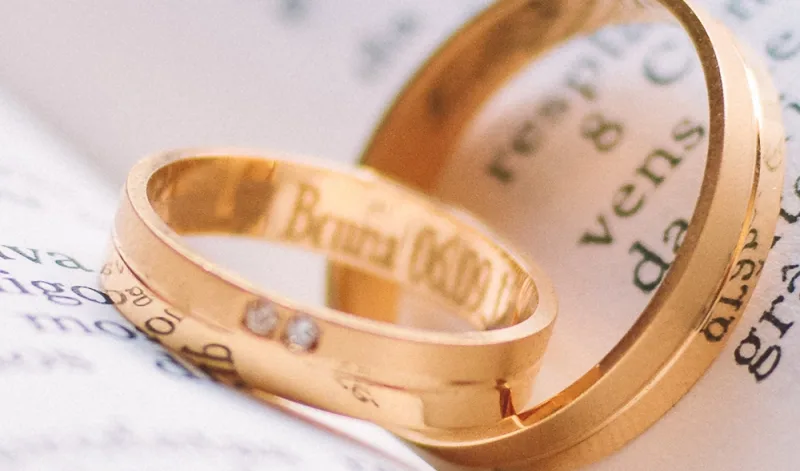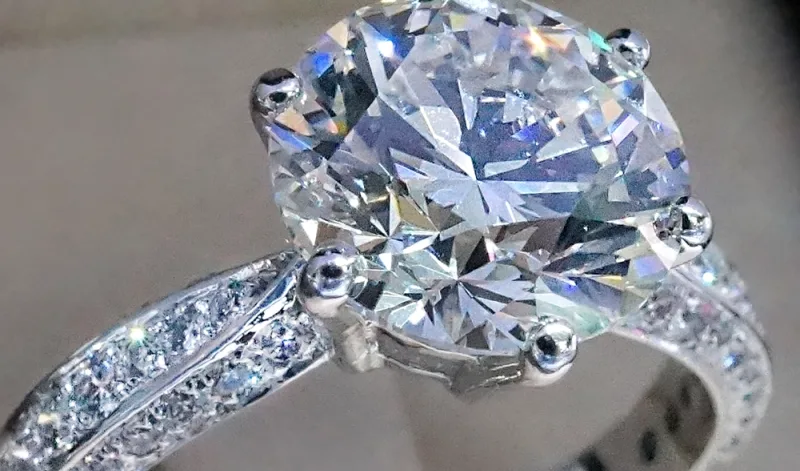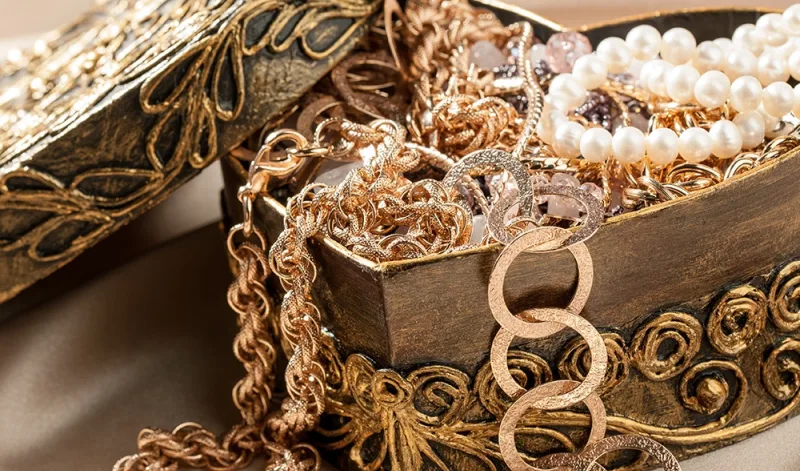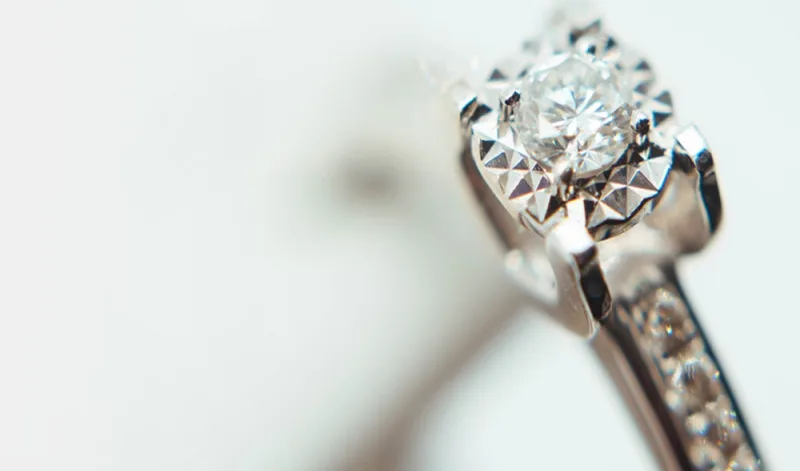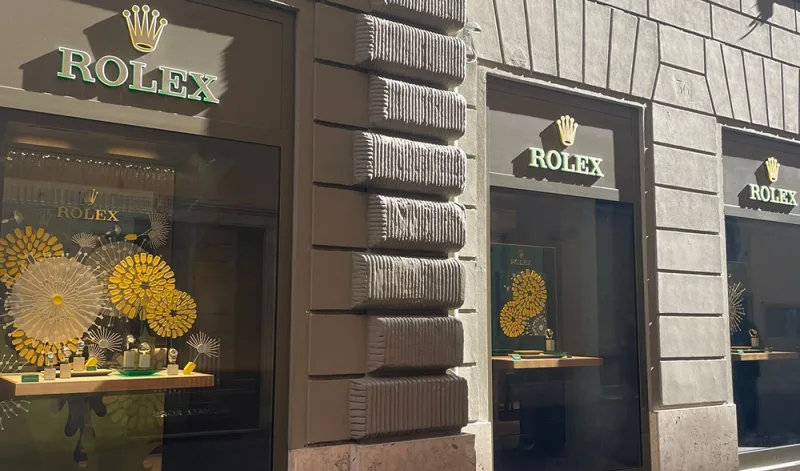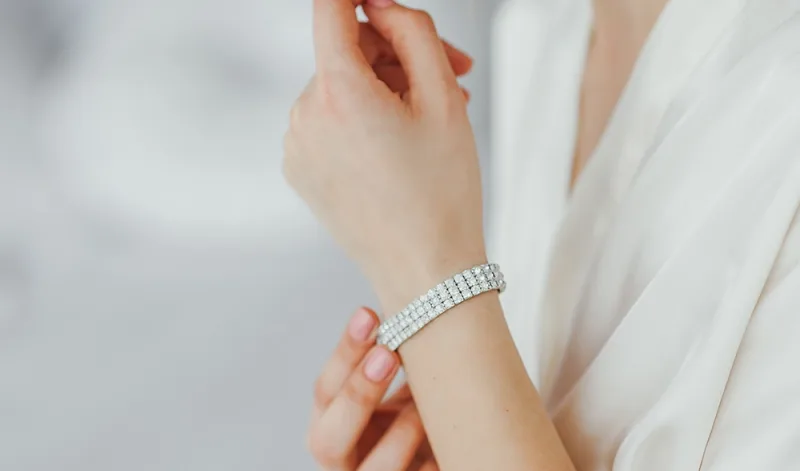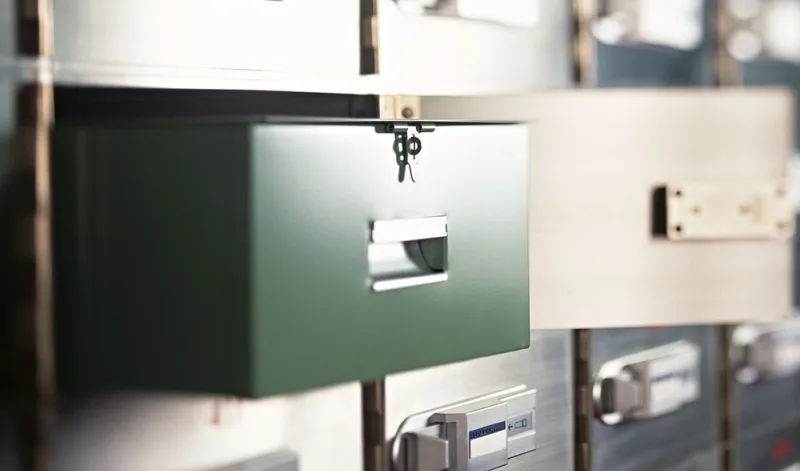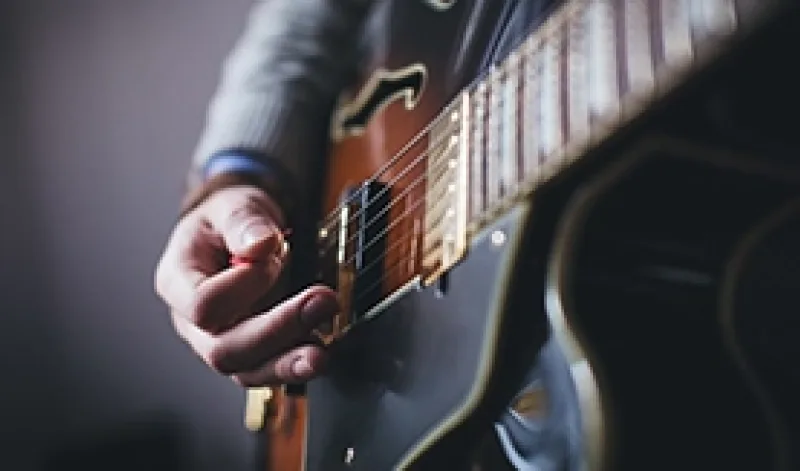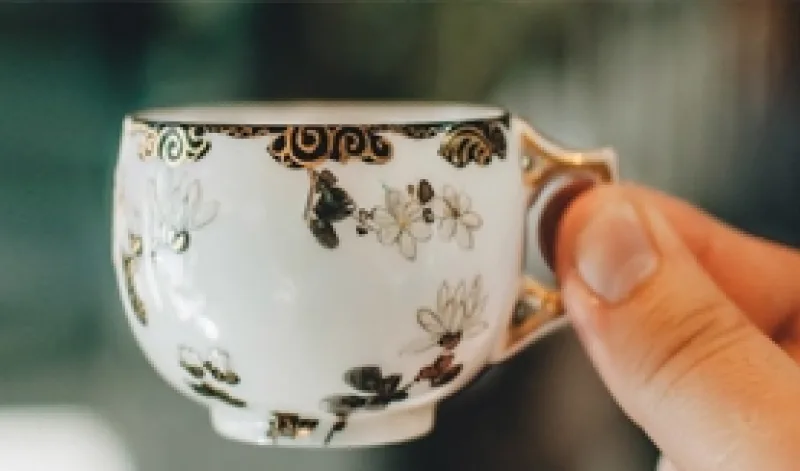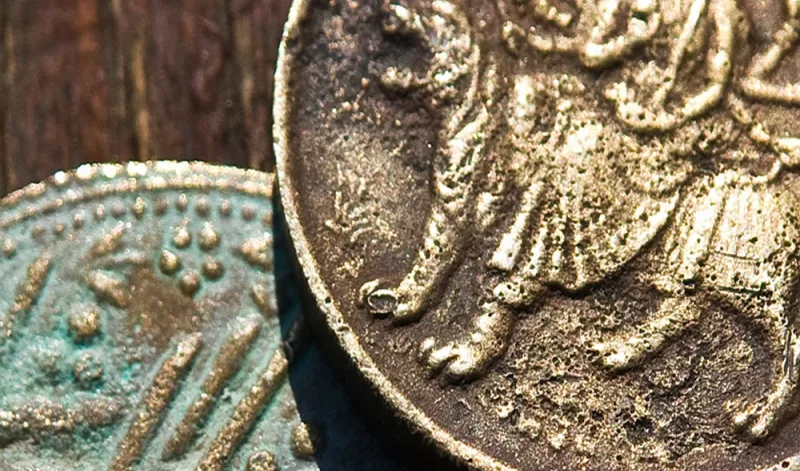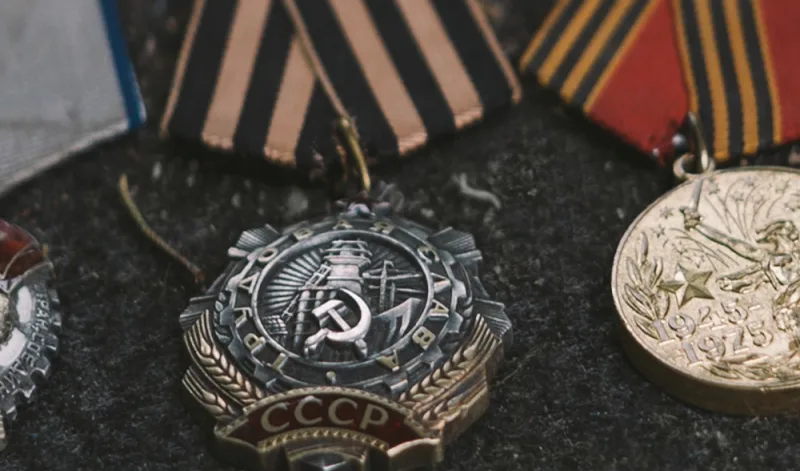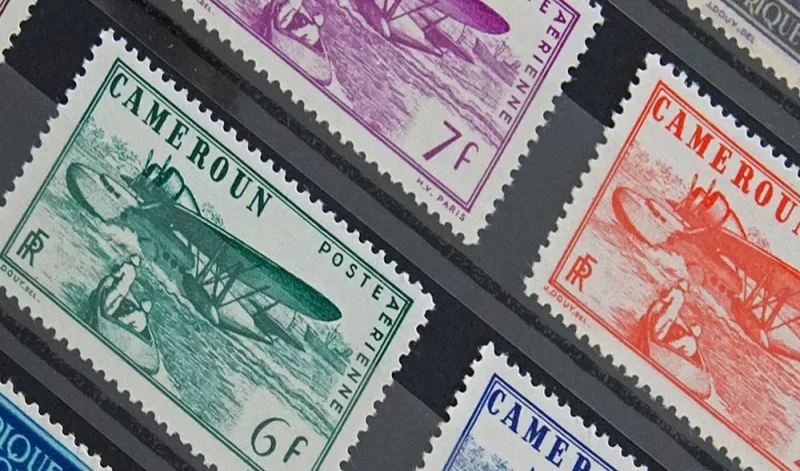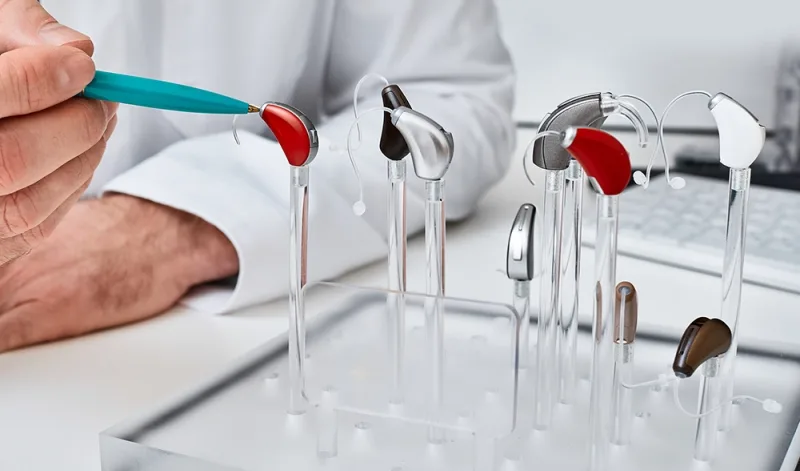At Assetsure we specialise in providing insurance for watches.
We are able to offer quotations for single watches or entire
collections. Our specialist watch insurance policy provides cover on a
worldwide all risk basis and in the event of a loss, there is no excess
to pay. If you require a quote, please contact our office either by
telephone or via our watch quote contact form.
If you are shopping around for a new watch and are confused by some
of the terminology in general use, we have provides some explanations of
watch terms in general use.
Glossary of Watch Terms.
When you decide to buy a quality watch (either new or second-hand) you are likely to be met with a range of unfamiliar terms and words used in the description of the watch and it’s features and functions. Similarly speaking, if you take your watch for a service, the jeweller may use terminology that is confusing. Quality watches are precision instruments with complex movements and we hope that the following descriptions of the more common terms in general usage, will be of some assistance to you. We’ve tried to keep our explanations as simple as possible, for full descriptions and assistance, please refer to your jeweller or watchmaker.
Amplitude
Amplitude is the maximum angle that a mechanical watches balance wheel swings away from its position of rest. Watchmakers and jewellers can measure watches amplitude during a service to help understand how efficiently the watch is running and make adjustments as necessary.
Analog Display.
A watch face display showing time by using markers on a dial ( usually numbers or Roman numerals) and hands.
Annual Calendar.
A watch displaying the date of the month which makes automatic allowance for the differing number of days. The watch has to be altered once a year in February.
Antimagnetic.
Mechanical watches can be influenced by magnetic fields produced by amongst other things, home & office electrical equipment. This can lead to inaccuracy and a need to have the watch de-magnetised. Anti-magnetic watches have certain parts that cannot be magnetised thus helping to alleviate the problem. To be called “anti-magnetic” a watch has to conform to an ISO standard.
Automatic Movement.
An automatic watch winds it’s spring purely through the movements of the wearer. The movement of the watch will consist of a weight (known as the rotor) which turns on a pivot.
Via it’s back and forth movement the rotor transfers energy via a series of gears thus enabling the main spring to be wound. During the course of the day, as the wearer moves around, the watch is kept “charged”. It will keep a “power reserve” so during the night, when it is not being worn it will keep working.
The balance wheel
The balance wheel is the device in a watch that actually keeps the time. It rotates back and forth powered by the watch spring.
Beat
The
beat is the vibration or oscillation of the movement. A watch with a higher beat will typically be more accurate. A common beat rate is 8 bps (28,800 bph) although a few watches will beat at 10 bps (36,000 bph). This information is usually provided in the watch specification details.
Bezel
The Bezel is the ring around a watch dial that usually holds the glass or crystal protecting the dial in place. Some Bezels are designed to rotate and are marked with numbers. These are commonly used on diver’s watches as a means of calculating time underwater. The Bezel is rotated so as “0” is next to the minute hand and the time elapsed is simply read off the Bezel.
Cabochon
In watchmaking terms, this relates to a gemstone that has been shaped and polished. These are used to decorate a watch and typically are mounted on the winding crown.
Caliber
The caliber of a watch refers to the specific watch movement used. Common watch calibers include the Valjoux 7750 and the ETA 2824-2
Centre Sweep Seconds Hand
Many mechanical watches contain a second hand which is mounted in the centre of the watch instead of in a sub-dial as seen on chronographs. The second hand of a mechanical watch will sweep as opposed to the “stepping” motion seen in digital quartz watches.
Chronograph
As well as telling the normal time, a chronograph via series of sub dials can tell elapsed time as well. Typically the watch face will have either two or three sub dials showing; seconds minutes and hours. The watch will be fitted with “pushers” usually either side of the crown to operate the functions.
Chronometer.
A watch that has passed stringent time keeping tests administered by an official chronometer-certification agency. Swiss chronometers are synonymous with very accurate time keeping. Chronometers manufactured outside of Switzerland may not reach the same standards and you will need to check who performed the testing and to what standard.
Complication
A device within a watch movement that performs a function other than basic time keeping (such as a calendar or moon phase watch) typically the more sophisticated the complication, the more expensive the watch.
COSC
Contrôle Officiel Suisse des Chronomètres which uses the acronym COSC was founded in 1973 and is a non-profit Swiss organisation that is responsible for testing and certificating chronometers made in the country. Swiss chronometers are prized for their accuracy.
Crown
The Crown is a small circular metal knob (usually located at the three o’clock position) that is used to perform a number of functions such as: setting the time, changing the date and winding the watch
Crystal.
The crystal usually refers to the protective glass or plastic covering the watch dial, although in can also refer to the quartz crystal used to regulate time keeping in electronic watches.
Dial
The dial is the face of the watch that allows you to tell the time. Some watches such as chronographs have sub-dials which display different information such as: seconds, minutes and hours elapsed.
Digital.
Digital refers to how the time is displayed on the watch face. Digital watches are usually controlled by battery operated quartz movements and will display the time using numbers rather than hands. The original digital watches had LED displays but most modern examples now use LCD.
Escapement.
An escapement is a device fitted to mechanical watch movement’s that transfers the power from the main spring via a wheel to the regulator and allows the number of oscillations or vibrations to be counted.
ETA Movement
ETA SA Manufacture Horlogère Suisse produces not only watches but a range of movements that power the vast majority of Swiss watches.
Flyback Chronograph.
This is watch complication that can be used for timing an event then stopping and returning the hand to zero all using just one push of a button. Ideal for timing a sequence of rapid events with the advantage over a chronograph that the number of pushes required to operate is reduced from three to one.
Hacking Mechanism
A watch with a hacking mechanism is fitted with a brake that will stop the second hand, when the crown is pulled out. The advantage of a hacking mechanism is it allows a watch to be more accurately set to either another time piece or a signal.
Hairspring
Also known as the balance spring, this is a very thin coiled spring that controls the swings of the balance wheel.
Hand Wound Movement
A mechanical watch that needs winding by hand to keep it working. Also known as a manual movement will need winding every day.
Hertz
Is a measurement of frequency equal to one cycle per second.
Incabloc
Incabloc is a well know trade name for a shock protection system used in watches.
Jewels
Jewels are used as bearings in mechanical watches (you will often see the term 17, 21 or 25 Jewel referring to number in use) These are very small synthetic gems that are set between the gears, in order to reduce friction.
LCD
This is short for liquid crystal display, the standard display in most modern digital watches.
LED
This is short for light-emitting diode and was the original display used in early digital watches.
Lugs
Lugs are found at the top and bottom of a watch case and are used for attaching the strap.
Mainspring
The mainspring is a feature of a mechanical watch; it is spiral in shape and supplies power to the movement. The mainspring on a watch can be either manual (wound by hand) or automatic.
Manual Wind
A mechanical watch that needs to be wound by hand by turning the crown.
Mechanical Watch
A watch that consists of a movement and is powered by a mainspring.
Moon Phase Display
This is a complication that displays what phase the moon is in by displaying either of two moon images on a disc via a small aperture in the watch face. The moons will display the correct waxing or waning of the moon. Obtaining the date of the next full moon from a newspaper will help you set the watch correctly.
Movement
The movement is the entire “inner” contents of the watch. There are many different types of movement which are usually identified by a name and a serial number.
Oscillation
The regular movement of a part of a watch movement. In a mechanical watch, this “vibration “comes from the balance wheel/hairspring.
Perpetual Calendar
A perpetual calendar will always show the correct day, taking in to account the different number of days in each month and making an allowance for leap years. In theory a perpetual calendar could run unaltered until the year 2100; this is the next year that because of the rules of the Gregorian calendar system will not be a leap year.
Power Reserve Indicator
A display shown on the watch face that indicates the amount of power remaining in a watch spring. This is usually shown as the number of hours remaining.
Quartz watch
A watch that is “electronic” and powered by the oscillation of a quartz crystal to regulate the time keeping. A small lithium battery within the watch case provides the power for the quartz. Renowned for accuracy of time keeping.
Rattrapante
Similar to a standard chronograph but a Rattrapante has two second hands, so that it can be used to time two simultaneous events (such as both cars from a formula one team) The Rattrapante hand sits either above or below the main chronograph hand.
Repeater
A watch that on the push of the button will “chime” the time. There are various types of “repeater”, some can even chime the time to the exact minute.
Retrograde Display An unusual face display, the hands travel in a linear movement in an arc to show to the time, when the end of the arc is reached, the hand snaps back and travels the same path again.
Rotor
Is found in an automatic movement and is a semi-circular weight on a pivot. It’s movement back and forth, winds the watches by passing energy via series of gears to the mainspring.
Screw down Crown
A threaded crown that is opened by turning counter clockwise. The purpose of a screw down crown is to help keep a watch waterproof around the vulnerable crown/stem area. Essential in diving watches.
Shock Proof.
All watches are shock proof to a certain degree with systems designed to protect the delicate parts. Some watches are marked “shock resistant” In a mechanical watch; this indicates that the pivots that hold the balance wheel are mounted in a spring suspension. The Incabloc system is an example of shock proofing.
Skeletonized Movement. A watch with all non-essential coverings removed so as you can see the workings via the crystal either on the front or reverse of the watch.
Subsidiary Dial.
A feature of a chronograph watch, displaying a smaller dial with separate hands on the main dial. Can be used for a variety of functions.
Swiss Made
A watch or watch movement made in Switzerland to laws laid down by the government. To be defined as “Swiss” and to be allowed to use a variety of “Swiss” markings, the following apply:
A watch is Swiss if
• Its movement is Swiss.
• The movement is “put together” in Switzerland.
• The manufacturer carries out the final inspection in Switzerland.
Tachymeter (Tachometer)
A marking scale on the Bezel of a watch or on the outer edge of the dial which allows you to measure the speed of an object over a known distance.
Tourbillon
An expensive complication because of the complexity of the design, fitted to limit the effect of gravity on the time keeping ability of a watch. Tourbillions have no effect on a watch that is worn horizontally.
Valjoux Movement
A well-known and popular Swiss movement, a typical calibre is the Valjoux 7750
Vibrations.
See above for Beats per second. In general terms the higher number of beats or vibrations per second, the more accurate a mechanical watch is.
Water resistant/Water proof
Most modern watches are designed to be water resistant during normal use to a certain degree. However some watches are especially designed with water resistance as a feature as they used for wearing “ underwater” These watches are fitted with special gaskets and seals and the depth to which they are waterproof is usually marked on the dial. A waterproof watch needs to be checked on a fairly regular basis by a jeweller (using special equipment) to make sure it retails it’s water resistance.
World Timer.
A dial that can tell the time in multiple time zones. The cities are printed around the dial and the hour can be read off by the scale next to the city. Minutes are read in the normal manner.
